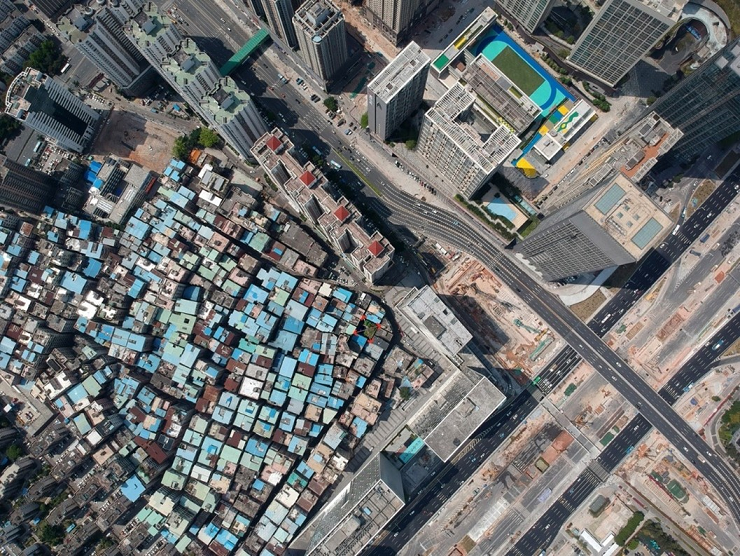


Figure 1 an urban village in Shenzhen, Guangdong province. Source: <http://www.archcollege.com>
A package of brand-new policies has been released recently in China to promote the regeneration of urban villages in super-large and mega cities1. It is expected to greatly improve living quality and contribute to urban development. The regeneration goals are thought to be effective in boosting investment and consumption and stabilizing the property sector, in order to sustain the fair momentum of economic recovery and growth.
By the end of 2021, China had eight megacities, including Shanghai, Beijing, Chongqing, Tianjin, Guangzhou, Shenzhen, Chengdu, and Wuhan, according to a report from the Ministry of Housing and Urban-Rural Development. Also, there are 11 super-large cities in China, including Hangzhou, Dongguan, Zhengzhou, and Shenyang. Social governance and regeneration of urban villages with potential safety issues will be advanced in these cities.
In late July 2023, a guideline on regenerating villages in super-large and megacities was adopted by the State Council Executive Meeting. This guideline aims to improve citizens’ well-being, expand domestic consumption, and promote high-quality urban development. The initiative was first put forward at a meeting of the Political Bureau of the Communist Party of China Central Committee that was presided over by President Xi Jinping, also general secretary of the Communist Party of China Central Committee, on April 28 2023.
Li Yujia, the chief researcher at the residential policy research center of the Guangdong Planning Institute, said most urban villages are characterized by low-quality, chaotic living environments, high population density and spatial congestion. Public facilities are often inadequate and poorly maintained. Many new urban residents, young people and migrant workers choose to live in urban villages, as the lower living costs. As the regeneration covers more infrastructures and services in these urban villages, residents' living quality can be improved significantly, Li said. The guideline made it clear that urban village regenerations will be carried out on a case-by-case basis. This will be better aligned with government-subsidized housing to deliver concrete benefits to residents.
Yan Yuejin, director of the E-house China Research and Development Institution in Shanghai, said that China has put an end to the demolition and large-scale construction of buildings as part of urban renewal projects. Now, a steady, step-by-step approach will be adopted to tear down dilapidated houses, better harness the capabilities of existing facilities and build new ones for local needs. The initiative will help address issues like fragmented spatial planning, inefficient land use and uneven development within super-large and megacities, as well as facilitate high-quality and sustainable urban development in the long run, Yan said. The regeneration projects do not necessitate a massive expansion of investment from private property developers, and government support will inject more confidence into the real estate sector and anchor the market expectations of the developers, he added.
The guideline stresses the need to promote the market’s decisive role in resource allocation which enables the government to better fulfill its responsibilities. Policy support will be enhanced in this regard, and innovative approaches will be explored. Private investment in the projects will be encouraged, and new types of businesses will be developed to ensure sound and sustained progress, according to the guideline. The guideline noted that local governments will assume major responsibilities, including drafting renewal plans in a well-calibrated manner and raising funds through multiple sources, for efficiently utilizing land resources and meeting the needs of various stakeholders.
Zhang Dawei, chief analyst at the Centaline Property Agency, said that regenerating urban villages involves long development cycles and large capital input. Compared with State-owned enterprises, private businesses are in a weaker position to acquire loans from banks. Currently, common problems such as interest disputes, coupled with high compensation given to building owners for demolition, could delay regenerations and pose considerable challenges for the cash flow of private businesses, Zhang said, adding that more favorable policies should be rolled out to better mobilize private investment. Special lending facilities, deeper tax breaks and other government support should be provided to facilitate the participation of private investors to expedite the village renovation projects, he added.
According to Sinolink Securities, the market size of urban village rebuilding programs across the nation stood at 1.24 trillion yuan ($172.4 billion) in 2020, 1.36 trillion yuan in 2021 and 655.9 billion yuan in 2022, and is expected to top 1 trillion yuan over the next three years with relevant policies kicking in. Wen Bin, chief economist at China Minsheng Bank, said the transformation of urban villages will further promote the consumption of big-ticket items, including construction materials and home appliances, as well as the development of public service venues related to healthcare, express delivery, and entertainment. With greater consumption and effective investment, China will be better positioned to sustain its sound momentum of economic recovery and growth, Wen said.
1. Cities accommodating more than 10 million permanent population are identified as megacities, and those populated by between 5 million and 10 million citizens are defined as super-large cities, according to the State Council.
Author:Wang Keju
Source: <https://global.chinadaily.com.cn/a/202308/09/WS64d2c1a6a31035260b81afb4.html>
Edited by Liang Xiuchun